Where can you see rare crocodiles, panthers, and manatees all in one place? The answer lies in the heart of South Florida, within the expanse of Everglades National Park.
Covering 1.5 million acres, this lush preserve is a haven for biodiversity — a unique ecosystem upon which many species depend for survival.
In this guide, you'll learn about the best places to spot these incredible creatures and how to explore the park responsibly. The endangered wildlife of the Everglades awaits!
Spot These 6 Endangered Flora and Fauna
Everglades National Park has been a UNESCO World Heritage Site since 1979, an International Biosphere Reserve since 1976, and a Wetland of International Importance since 1987.
These designations underline its global significance for protecting endangered species. Below, you'll find the officially endangered flora and fauna whose critical habitats are also within the national park:
1. Cape Sable Seaside Sparrow
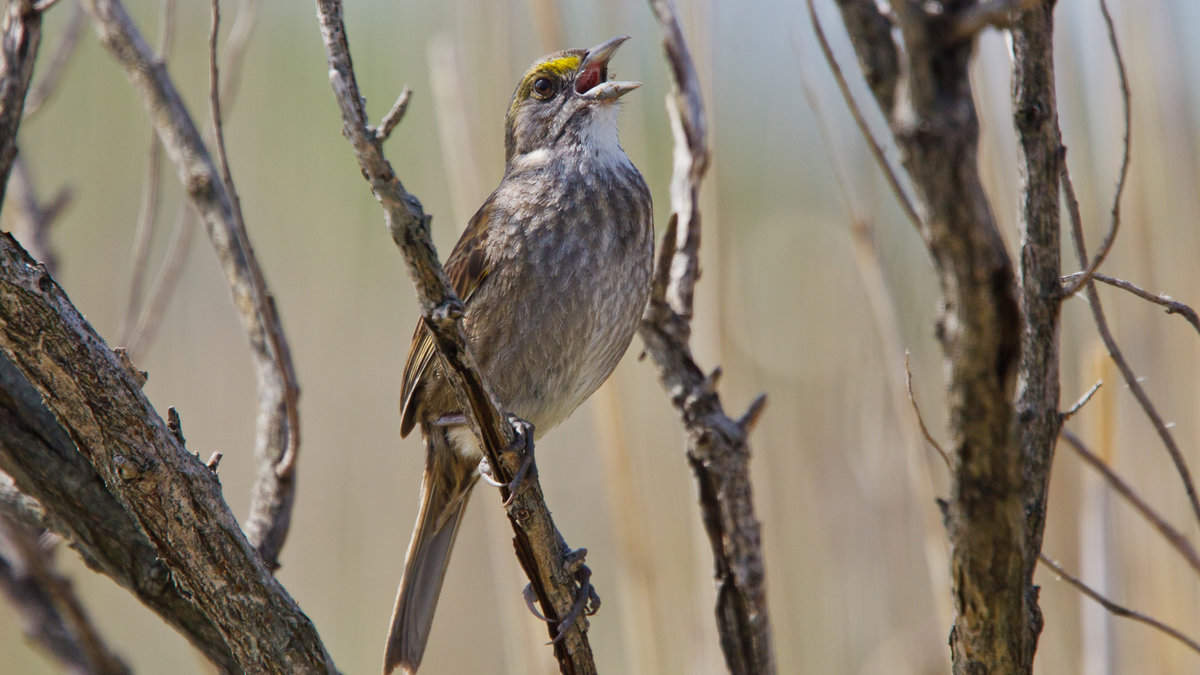
The Cape Sable Seaside Sparrow (Ammodramus maritimus mirabilis) is a distinctive bird known for its preference for short-hydroperiod marl prairie habitats.
This bird was classified as endangered in 1967 due to a limited range and habitat alterations chiefly from the drainage of the Everglades for agricultural and flood control purposes.
The Everglades National Park's conservation efforts include managing water levels and fire to maintain its preferred habitat, as changes in water distribution have led to habitat shifts detrimental to the sparrow.
Attempts to restore natural water levels in the park have sparked controversy as these sparrows nest about a foot off the ground.
2. Everglade Snail Kite
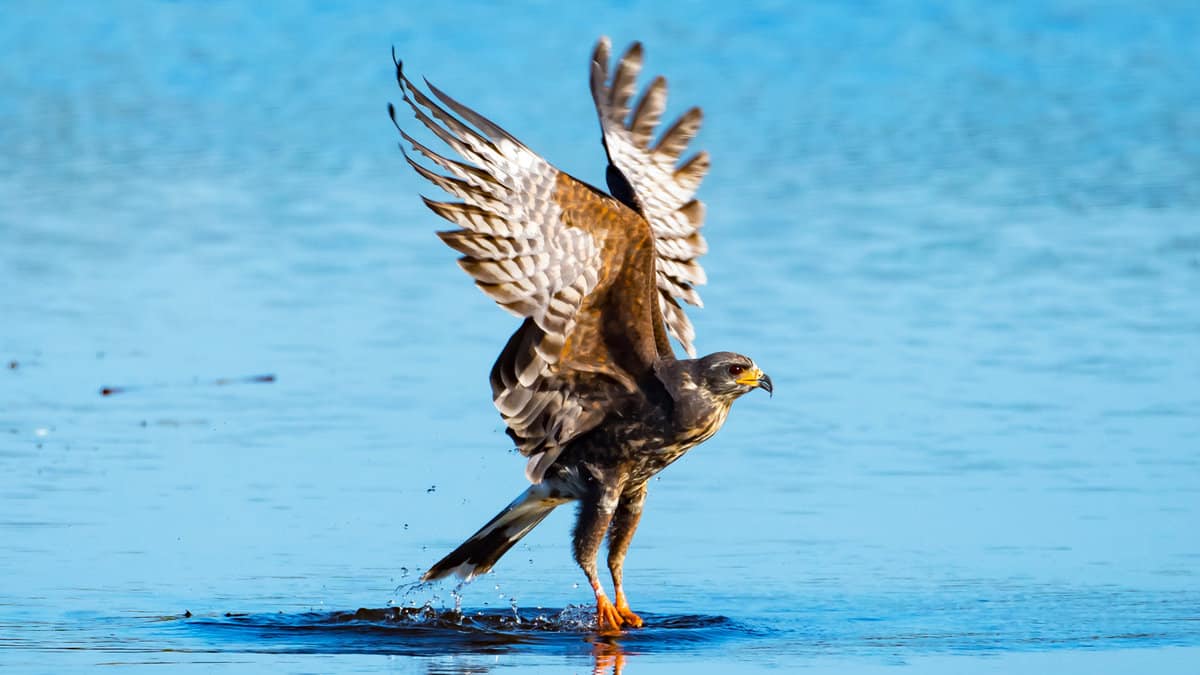
The Everglade Snail Kite (Rostrhamus sociabilis plumbeus) is a medium-sized hawk with a slender and very hooked beak.
In 1967, this bird species was officially endangered because of habitat loss from the Everglades National Park drainage and nearby urban development.
The primary threat to this kite in Florida is the loss of wetlands, crucial for its survival as they host apple snails, the kite's primary food source.
To ensure their safety, it's advised to stay at least 500 feet away from active snail kite nests, marked with warning signs in areas where human disturbance is probable.
3. Smalltooth Sawfish
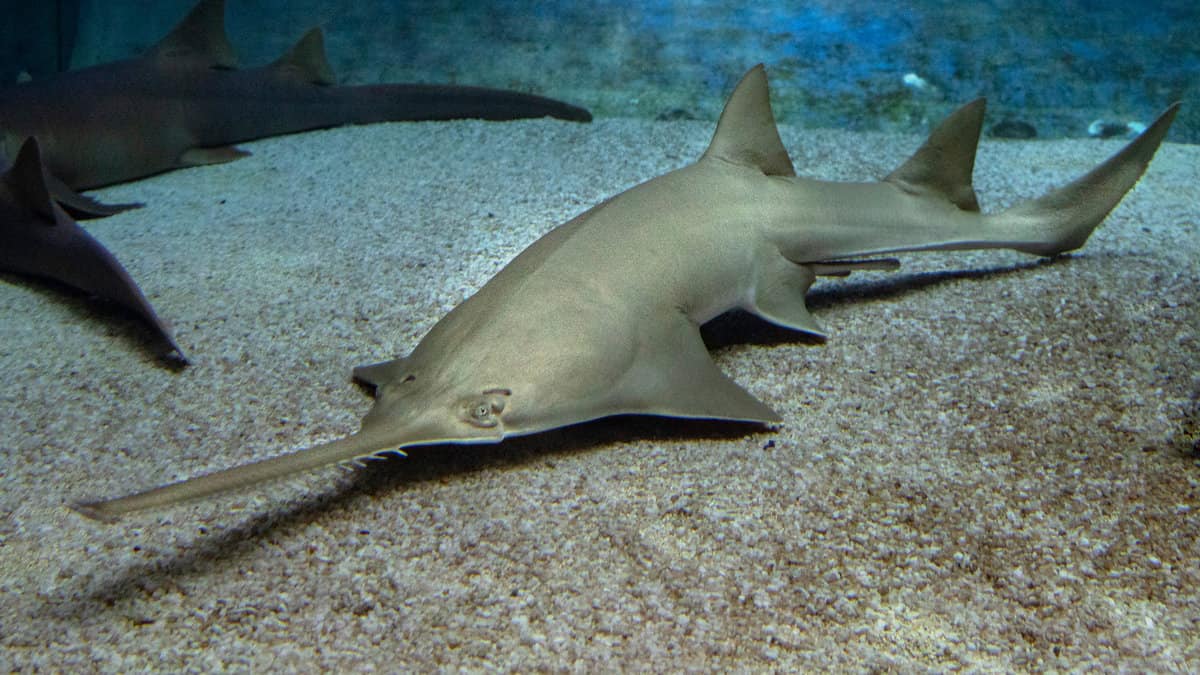
The Smalltooth Sawfish (Pristis pectinata) is an intriguing creature with a shark-like body.
But it's a type of ray, easily identified by its "saw" or rostra — a long, flat snout edged with teeth, having 22 to 29 teeth on each side of the snout.
This species faced endangerment primarily due to bycatch in fisheries and habitat loss, resulting in its 2003 listing as endangered in the US.
It's most commonly found in Florida, particularly in the Everglades.
This indicates a significant reduction from its historical range that spanned the Atlantic Ocean from Angola to Mauritania in West Africa and from the United States to Uruguay in the Americas.
4. Florida Leafwing Butterfly
The Florida Leafwing Butterfly (Anaea troglodyta floridalis), native to South Florida, is known for its bright orange wings in flight and leaf-like appearance at rest.
Its endangerment is mainly due to habitat destruction and invasive species, now being found only in the Everglades National Park since 2007.
Conservation efforts include prescribed fires to maintain its vital pine rockland habitat and the health of the pineland croton, which its caterpillars solely feed on.
5. Bartram's Scrub-Hairstreak Butterfly
The Bartram's Scrub-Hairstreak Butterfly (Strymon acis bartrami) is a federally endangered species native to South Florida's pine rockland habitat, known by its broad white bands with a black edge on closed wings.
Its endangerment is mainly because of habitat loss and reliance on the Pineland croton as its only source of survival.
Conservation efforts in the park include the Fire Management Program's prescribed fires to maintain the necessary habitat and ongoing monitoring to understand how the butterfly responds to habitat management practices.
Studies on host plants, caterpillars, and adult butterflies help guide conservation actions, ensuring the species' preservation in one of its last remaining habitats.
6. Cape Sable Thoroughwort
The Cape Sable Thoroughwort (Chromolaena frustrata) is a small herbaceous plant from the sunflower family, identified by its bluish-purple flowers.
Its distribution is extremely limited, found mainly within the coastal areas of the Everglades National Park and some sites in the Florida Keys.
The primary threats leading to its endangered status, listed federally in 2013, include competition from invasive species and the impacts of sea-level rise.
Conservation efforts in the Everglades National Park have been focused on maintaining its critical habitat, which was designated in 2014.
These habitats include specific trails within the park, like Rowdy Bend Trail, Snake Bight Trail, Christian Point Trail, Bear Lake Trail, Coastal Prairie Trail, and Bayshore Loop.
Any federal activities, like trail clearing that might adversely affect this species or its habitat, require consultation with the US Fish and Wildlife Services to maintain preservation efforts.
Are you ready to see them in real life? Here's how to get there.
Directions and Traffic Tips: 3 Entrances to Everglades National Park
Unlike most national parks, Everglades National Park has three entrances in different counties: Miami-Dade (Homestead & Shark Valley) and Collier (Gulf Coast).
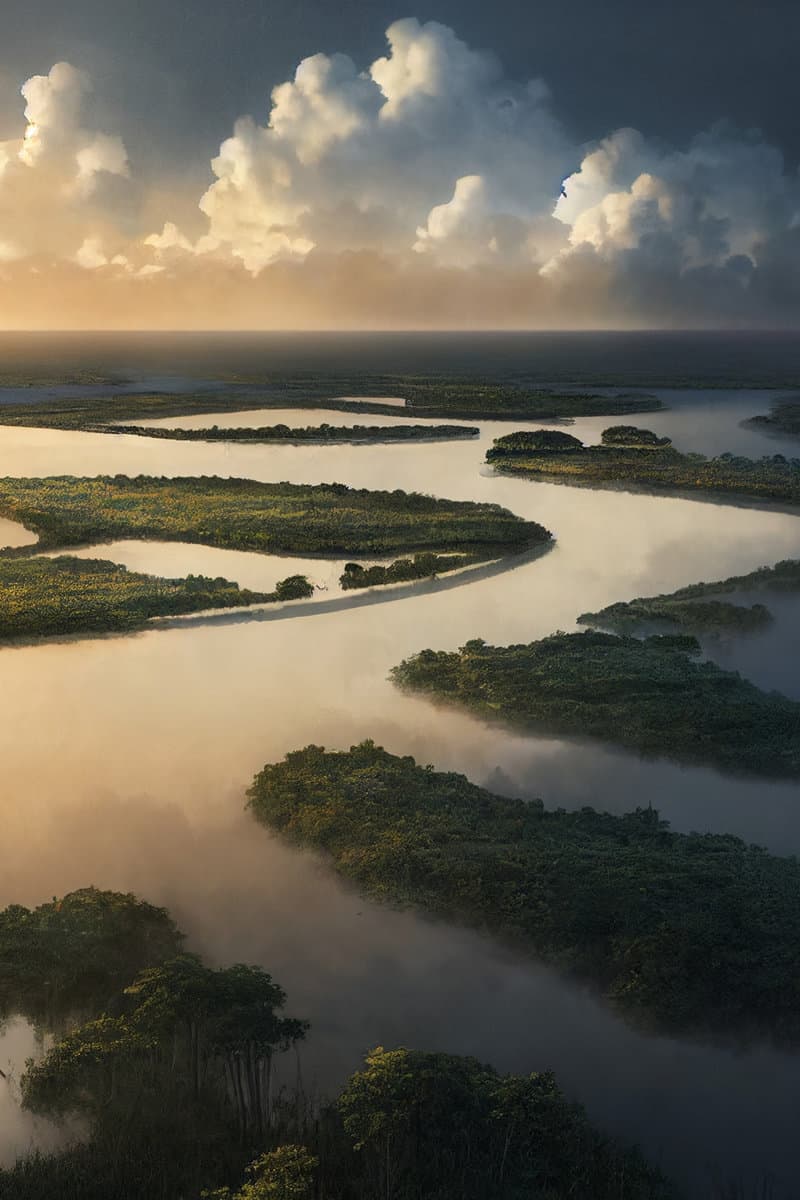
On the way there, here are a few tips to keep in mind:
- Visit on weekdays or arrive before 10 AM to find parking.
- Carpool, if you can, and buy digital entrance passes online to save time at the gate.
- Expect delays during busy weekends in winter, especially at the Homestead and Shark Valley entrances.
- Note that the main road at the park's entrance is narrow and has limited parking.
- Watch for the speed limit, which is mostly 45 to 55 mph.
These entrances are also not interconnected, so having a car would be helpful. Now, here are the details for each entrance:
1. Homestead Entrance
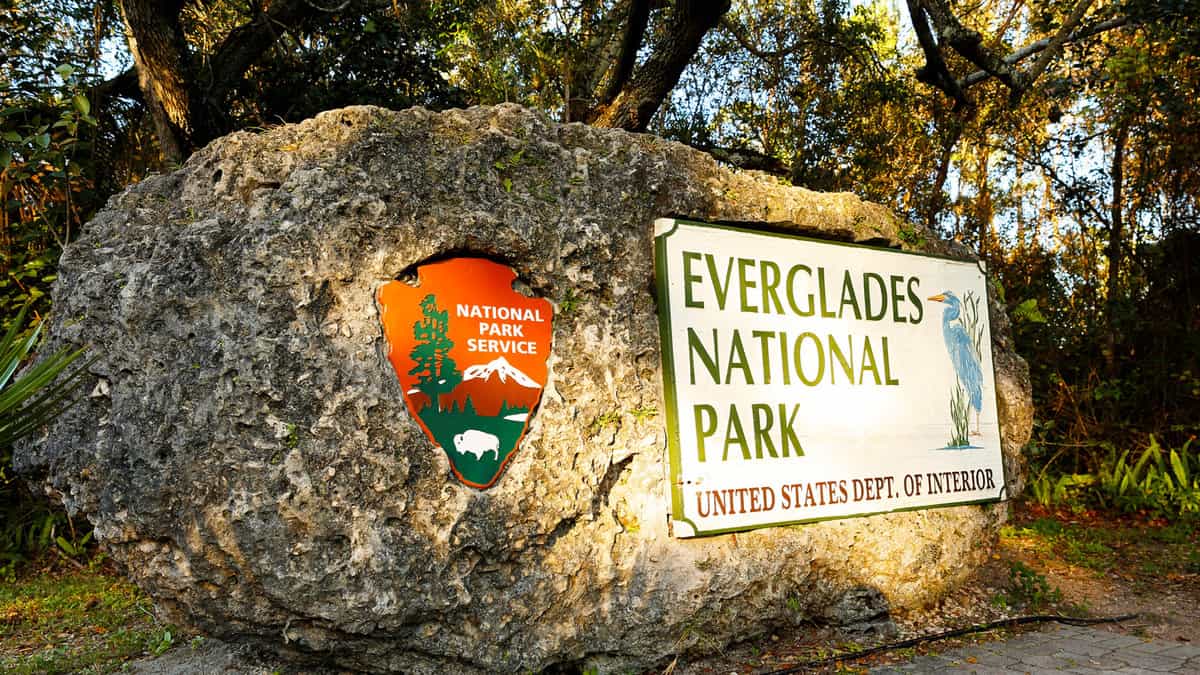
- Address: 40001 State Road 9336, Homestead, FL 33034
- Approximate GPS Coordinates: 25.2867° N, 80.8987° W.
- Directions from Miami: Take the Florida Turnpike (Route 821) south to Exit 6 (Speedway Boulevard). Follow signs to the park.
Homestead is the main entrance to Everglades National Park. Located at the Ernest F. Coe Visitor Center, it provides access to Royal Palm and Flamingo.
For public transport, you can also take a seasonal trolley from the City of Homestead to get to and from the Ernest F. Coe Visitor Center and Royal Palm.
This usually runs from December to April, but the schedules on the City of Homestead website might change.
2. Miami Entrance (Shark Valley)
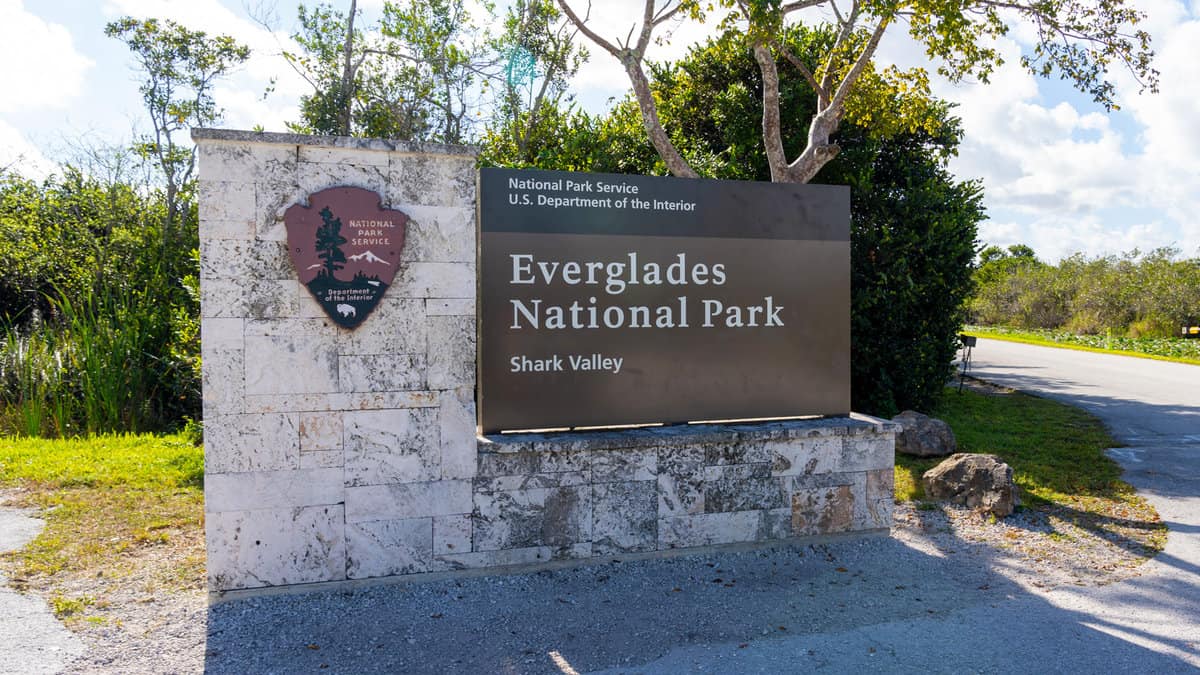
- Address: 36000 SW 8th Street Miami, FL 33194
- Approximate GPS Coordinates: 25.7617° N, 80.1918° W.
Take this entrance if you're closer to the Greater Miami Area. Here are the directions to get there if you're coming from Miami or Naples:
| Starting Point | Directions |
|---|---|
| Miami | Take exit 25 from the Florida Turnpike (Route 821) to Highway 41 (Tamiami Trail) west for 25 miles. |
| Naples | Take U.S. 41 (Tamiami Trail / SW 8th St.), approximately 70 miles east to Shark Valley. |
3. Everglades City Entrance (Gulf Coast):
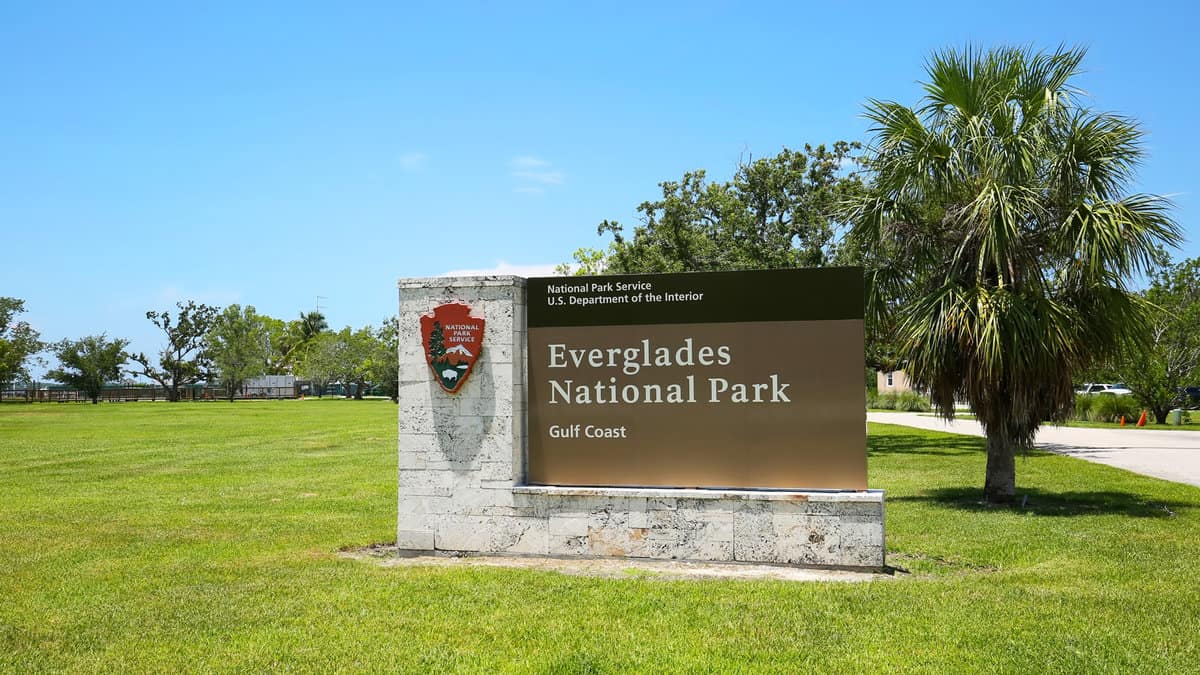
- Address: 815 Oyster Bar Lane, Everglades City, FL 34139
- Approximate GPS Coordinates: 25.8576° N, 81.3777° W.
This should be the most convenient entrance if you're closer to Naples, Florida. Here are different ways to get there:
| Starting Point | Directions |
|---|---|
| Interstate 75 (Alligator Alley) | 1. Exit onto Highway 29 South. 2. Follow signs to the park. |
| Shark Valley Visitor Center | 1. Drive west on U.S. 41 (Tamiami Trail) for 40 miles. 2. Turn left on State Road 29. 3. In Everglades City, follow the signs to the park. |
| Naples | 1. Take U.S. 41 (Tamiami Trail) east toward Miami for approximately 35 miles to State Road 29. 2. Turn right. 3. Once in Everglades City, follow the signs to the park. The Gulf Coast Visitor Center is on the right. |
6 Safety Tips For Your Wildlife Adventure
When visiting Everglades National Park, take precautions to ensure your safety and the safety of the wildlife around you. Here are some tips to keep in mind:
1. Stay on designated trails.
Venturing off the designated trails can be dangerous, as you may encounter unstable ground, hidden sinkholes, or other hazards. Additionally, you may accidentally trample on delicate plant life or disturb wildlife.
2. Bring bug spray.
Mosquitoes and other insects are prevalent in the Everglades, especially during the summer. Be sure to bring plenty of bug spray and wear long sleeves and pants to protect yourself from bites.
3. Stay hydrated.
The Florida sun can be intense, so stay hydrated while exploring the park. Bring plenty of water and drink regularly throughout the day.
4. Be aware of wildlife.
While encountering wildlife is rare, be aware of your surroundings and keep a safe distance.
5. Check the weather.
Thunderstorms can pop up quickly in the Everglades, so check the weather forecast before heading out. If you get caught in a storm, seek shelter immediately and avoid open areas.
6. Bring a map or GPS.
The Everglades is a vast park, and getting turned around is easy. Familiarize yourself with the park's layout before setting out on your adventure.
Help Protect the Everglades for Future Generations
As you depart Everglades National Park, do so knowing you've witnessed some of America's most precious endangered species in their natural habitat.
But the future of these rare animals depends on all of us. Follow park guidelines, stay on marked trails, keep your distance from wildlife, and properly dispose of waste.
You could also try supporting conservation organizations, in person or online, working to protect the Everglades. Share your experiences and help raise awareness on social media using hashtags like #ProtectTheGlades.
Most importantly, it would be best to be inspired to protect endangered species and wild spaces wherever your travels take you next.
Our actions today determine whether these creatures remain for future generations.
With your help, the Everglades' flora and fauna can thrive for years.
